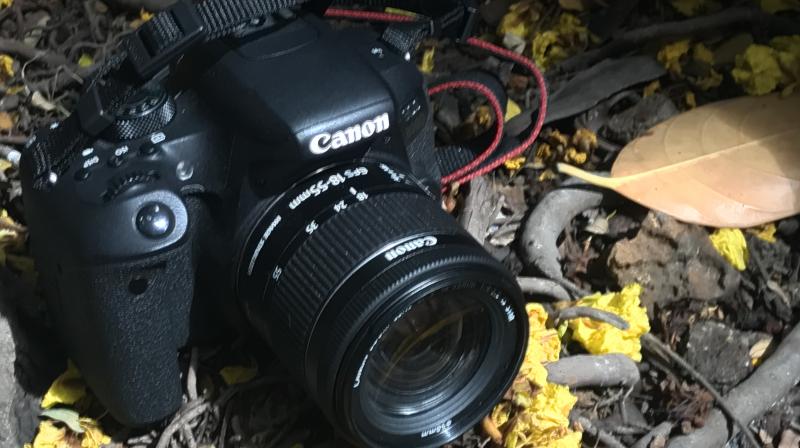To RAW or not to RAW
We provide you some tips and advice to get the most out of your camera with RAW images.

Anyone with a DSLR has gone through this dilemma at least once or more during taking pictures and that is whether to shoot in RAW or JPEG. So here we will try to break down the complexities of what RAW is and when to use RAW, its drawbacks, and the benefits of shooting with RAW, of course.
So what is RAW?
When we take pictures with a digital camera or a DSLR, the images clicked need to be saved as files which can then be used by other devices. Normally, most of the cameras are ready to shoot JPEG out-of-the-box and you must be familiar with photo files which end in .jpg.
But nevertheless, while JPEGs are widely used, they do feature a lot of compression and therefore will never be able to offer the best possible quality pictures. This is where the RAW steps in. The RAW images are such that it offers access to all of the information which was captured by the image sensor.
In easier terms, RAW files provide users with the ability to make entire usage of their camera sensor, whereas JPEGs throw away some data so as to be compact, faster, and easier to use. This means both the files types have their place depending on what is being shot, and also for the purpose.
Majority of the modern cameras above entry-level point-and-shoots have the ability to capture RAW images. It is also worthwhile to mention that different camera manufacturers use their own RAW formats which means the camera can shoot its RAW files as .NE, .CR2, or . ARW, depending on whether it’s a Nikon, Canon or Sony (other cameras may also have other RAW format).
Because RAW files contain all the information captured by an image sensor, they allow the photographer more data access to play with during post-processing, and the potential to produce higher quality images. For some of you old enough to remember, they can be thought of as film negatives, while JPEGs are that of instant prints.
One of the main features is post processing. JPEGs are already processed for things like white balance, tone, and sharpening in-camera at the point of shooting, however RAW files are intended to be processed after the fact. This means that while a JPEG may look better than a RAW file at the onset when looked at straight from the camera, the RAW file can be used to match or better the JPEG in post-processing.
When being processed with software such as Adobe Lightroom, users can construct and make adjustments to RAW files which will not be possible with a JPEG file. While JPEGs can be processed, they cannot be controlled to the same degree. Having access to the full dynamic range information captured by the camera’s sensor means users can easily correct highlights and shadows in images in a better manner, as well as alter the white balance of RAW files.
RAW files in a certain manner are also considerably better than their JPEG counterparts when it comes to making adjustments to levels of noise or sharpening. These edits are non-destructive which means users can retain the original file with all of the image data.
Drawbacks of using RAW
Another feature of RAW images is that they are huge. When we say huge, they are at least three to ten times the size of the same shot saved as a JPEG. As a result you can find that the burst speed of the camera is slower when shooting RAW, or that its buffer fills up faster.
The size drawback also means photographers will likely need to give some thought to memory cards ad computer storage if always shooting RAW. For users who favour the post processing process of RAW files, but not the file size, some cameras also have the ability to shoot in different resolution vectors in the same format.
Once the images have been processed to look as they are required, they can be exported into more usable files. This will typically be either JPEG or TIFF and allows easier sharing, uploading, and printing from most computers.
What should I do?
In the end, how you shoot, what settings you use are all up to you. But that being said, RAW shooting is not for everyone if you favour shooting and sharing your photographs almost immediately. This is one of the major reasons why many professional news photographers predominantly shoot JPEG.
However, one should get the idea that shooting in RAW format does not mean you are getting the most out of your camera. A well shot JPEG can be much better than a badly exposed RAW which has been “fixed” in processing.

